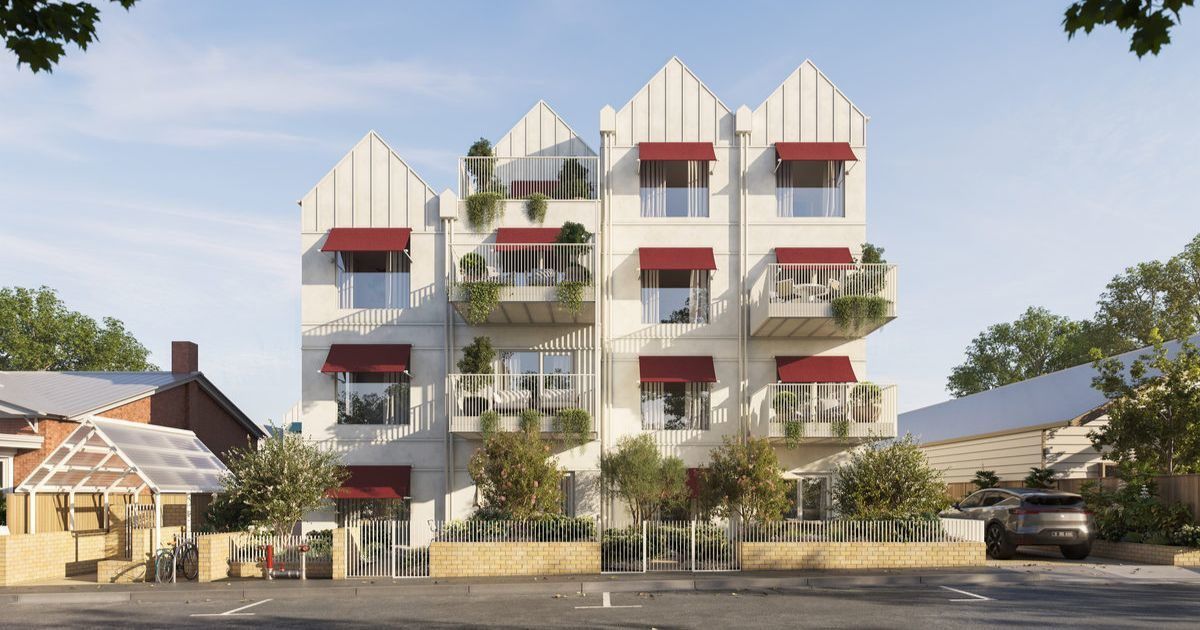Big plans revealed for land around South Geelong station
THE buildings around South Geelong railway station and opposite GMHBA Stadium are being primed for major redevelopment under a draft plan for the area prepared for the City of Greater Geelong.
Councillors considered the draft South Geelong Urban Design Framework at their meeting on Tuesday.
The draft framework identifies the South Geelong station and Moorabool Street precincts as separate key development areas, and proposes expanding the increased housing diversity area around South Geelong station from 400 metres to 800 metres.
One option at the “station hub”, which would include a site just vacated by Barwon Water, would be for a landmark building of up to 10 storeys at the corner of Bellarine and Carr streets.
Development is proposed to be up to six storeys on the remainder of the Lonsdale and Carr street frontages, and up to three storeys facing Swanston Street and the existing lane.
Proposed commercial buildings on the corner of Yarra St and the train line and on the corner of Bellarine and Verner Street could be up to four storeys, with all other development on Verner Street reaching up to seven storeys with upper level setbacks.
The creation of a multi-deck car park is considered a “long-term vision for the precinct”, and a pedestrian bridge over the railway line is proposed at Bellarine Street.
Medium to high density residential redevelopment is envisaged along Moorabool Street between the railway bridge and Fyans Street, with commercial uses supported on the ground floor.
Buildings facing Moorabool Street (opposite GMHBA Stadium), the railway line and Fyans Street would be up to seven storeys, with development generally stepping down in height towards existing buildings, reaching up to three storeys on the eastern boundary laneway.
According to a report prepared for councillors, the City of Greater Geelong’s Settlement Strategy identifies the need for strategic planning work to increase the capacity for development around Geelong’s train station precincts.
“Higher density development within the rail corridor is key to deliver on the City’s infill development target of 50 per cent of total housing supply within existing areas by 2047.”


















